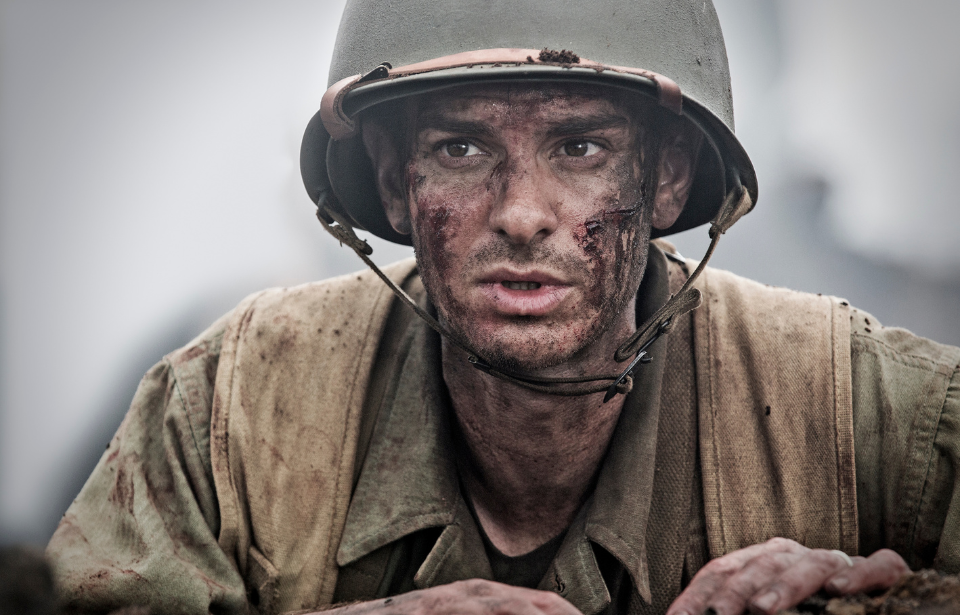Desmond Doss performed one of the most heroic feats of World War II, risking his life repeatedly to rescue 75 wounded soldiers. What makes his story even more remarkable is that he did all of this without carrying a weapon. His courage at Hacksaw Ridge—a steep, perilous cliff in Okinawa—turned the location into a powerful symbol of sacrifice and bravery.
This article delves into the significance of Hacksaw Ridge in history, the intense fighting that occurred there during the Battle of Okinawa, and how Doss’s extraordinary commitment as a combat medic earned him the Medal of Honor, the nation’s highest military award.
Battle of Okinawa
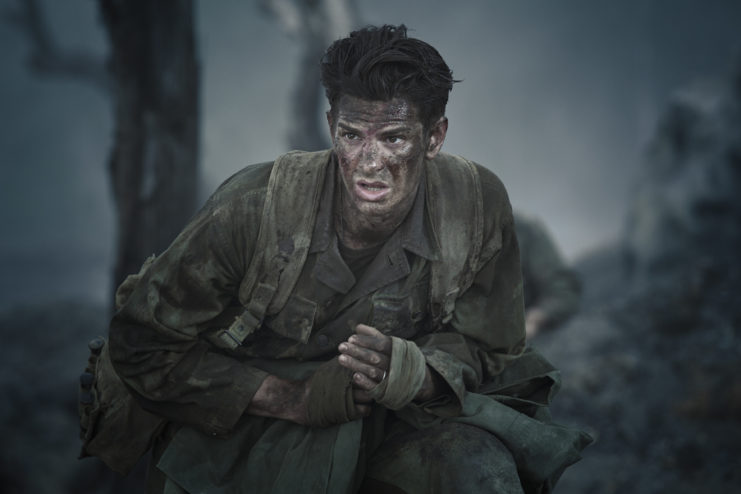
Desmond Doss’ courageous actions unfolded during the Battle of Okinawa. Officially known as Operation Iceberg, it was a major engagement between the US military and the Imperial Japanese Army (IJA). On April 1, 1945, the American forces launched the largest amphibious assault in the Pacific Theater of World War II by landing on the island.
The campaign extended from April 1-June 22, 1945, with the primary objective being to seize control of Okinawa’s key air base, intending to utilize it as a strategic launching point for the planned invasion of Japan. Amid the challenging terrain, US troops engaged in fierce combat with the Japanese forces, capturing various fortified positions, including the Maeda Escarpment, better known as Hacksaw Ridge.
Where is Hacksaw Ridge?
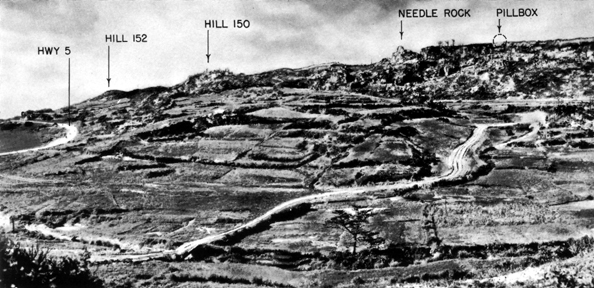
Near Urasoe on Okinawa’s southern coast, Hacksaw Ridge rises above the ruins of Urasoe Castle, once the island’s largest fortress. During the Battle of Okinawa, Japanese forces transformed the castle’s remains into a heavily fortified stronghold, using its elevated position and massive size to their advantage. To strengthen their defenses, they also built an extensive network of tunnels and underground shelters within the ruins.
Standing 400 feet high, the ridge posed a major challenge for American soldiers, who had to climb it without the support of heavy artillery. The steep slopes also made it difficult for Japanese defenders to target the advancing troops until they reached the top.
How did Hacksaw Ridge get its name?
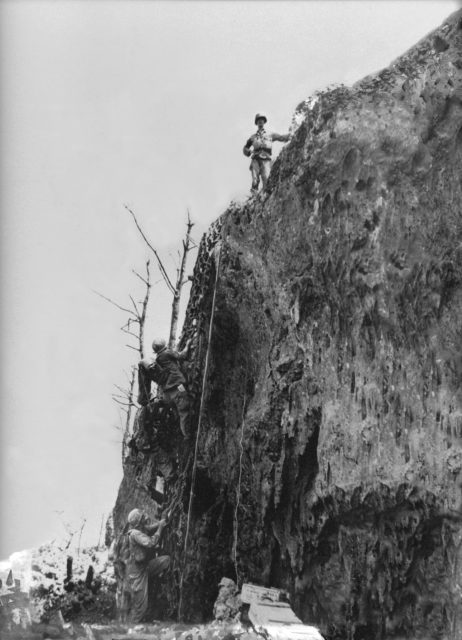
The name “Hacksaw Ridge” originates from the steep escarpment that was central to the fighting in the area, though the exact reason American troops began using the nickname remains uncertain. Several theories exist. One theory attributes the name to the visual appearance of the terrain. The northern face of the escarpment features two prominent rock formations—Hacksaw Ridge and Needle Rock—separated by a gap that resembles the notch of a hacksaw blade, potentially inspiring the name.
Another explanation is more symbolic, suggesting that “Hacksaw” reflects the brutal nature of the battle itself. The term “saw” may represent the relentless back-and-forth of combat, while the teeth of the hacksaw could symbolize the countless lives lost during the fighting.
Desmond Doss
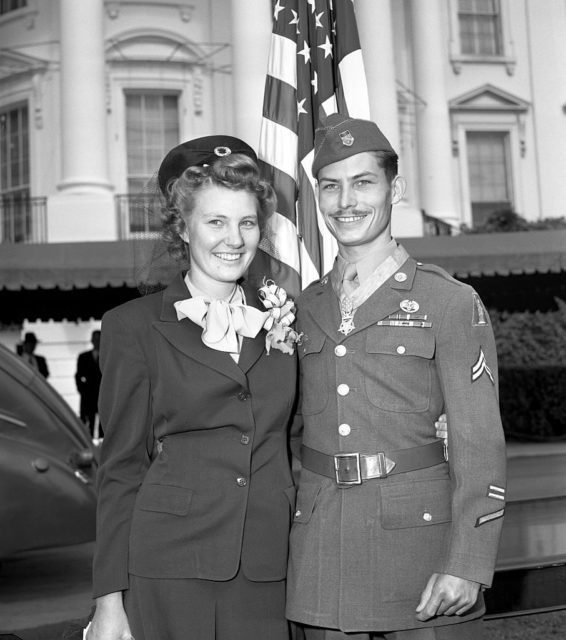
Hacksaw Ridge can’t be discussed without highlighting the remarkable heroism of Desmond Doss. Raised as a Seventh-day Adventist, Doss was deeply committed to non-violence and held strong religious beliefs that guided his actions. When World War II broke out, he was working in a shipyard but chose to leave that job to enlist in the U.S. military.
Despite volunteering to serve, Doss refused to carry a weapon or harm another person, staying true to his convictions. Instead, he became an Army medic with the 2nd Platoon, Company B, 1st Battalion, 307th Infantry Regiment, 77th Infantry Division.
Doss first saw combat in 1944 during campaigns in Guam and the Philippines, where he quickly earned a reputation for extraordinary bravery in rescuing wounded soldiers under fire. Before ever setting foot on Hacksaw Ridge, he had already been awarded two Bronze Star Medals with a “V” device for valor.
The valiant efforts of Desmond Doss
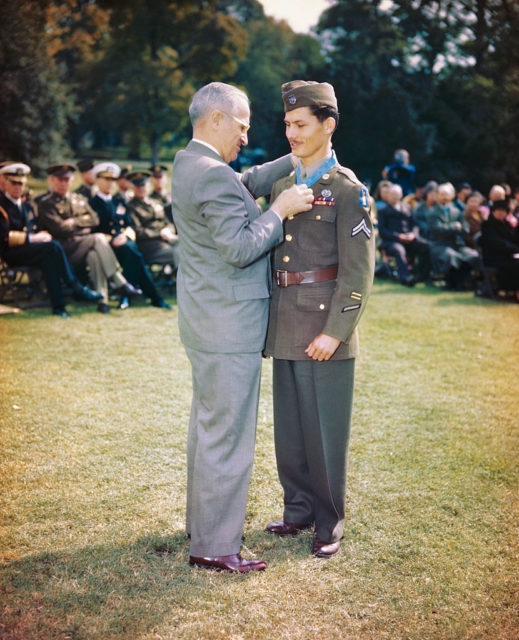
When Desmond Doss was sent to Okinawa, he found himself braving the deadly Hacksaw Ridge. He made the climb alongside the others, tending to the wounded as they went. Eventually, the casualties were so bad that the Americans were ordered to retreat.
Instead of following orders, Doss decided he was going to save as many wounded men as possible. He ran into the killing zone, carry his injured comrades to the edge of the cliff and lowering them to the bottom, where other medics stood waiting for them. He repeated this process numerous times, praying as he went, “Lord, please help me get one more.”
More from us: Eddie Slovik: The Only US Soldier to Be Executed for Desertion Since the Civil War
By the time Doss had done all he could, he’d saved 75 men, although his comrades swear it was more like 100. He continued to fight in Okinawa until May 21, 1945, when he was evacuated after becoming wounded. Later that same year, he was awarded the Medal of Honor for his actions.
